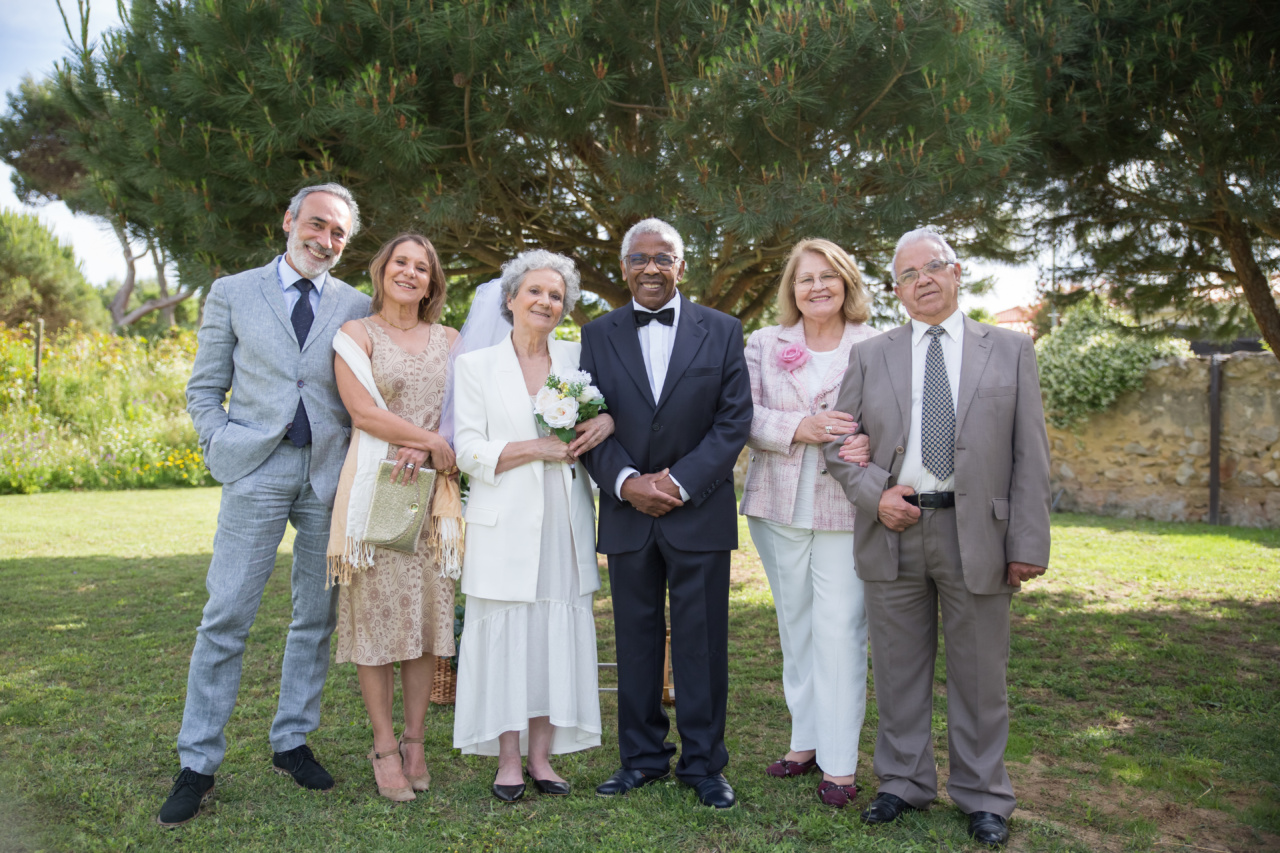Long-term relationships have been a part of human society since the beginning of time. From what we know about early civilizations, marriage and partnership were considered traditional and necessary for building families and communities.
But the concept of a romantic relationship is quite a recent development. The way couples stay together and maintain a healthy and happy relationship has evolved significantly over time. This article explores the remarkable evolution of couples in long-term relationships.
The Early Days of Relationships
In the past, relationships were more transactional and practical. Most couples would choose their partners according to what was beneficial for their family or tribe.
Wealth, property, social status, and even alliance between families were all factors considered when it came to finding a suitable partner. Love and attraction were not typically the primary reasons for a union.
In many cultures, marriage was seen as a sacrament or a religious ritual, and divorce was not an option. Women were usually controlled by their husbands and fathers and had little say in whom they married or how they lived their lives.
The Rise of Romantic Relationships
The concept of romantic love started to emerge in the late Middle Ages and Renaissance. It became more widespread during the Enlightenment period when individual freedom, equality, and individualism became more valued in society.
People started to believe that love should be based on mutual feelings between two people rather than on material possessions or family connections.
The 20th century saw the biggest shift in the way relationships were formed and maintained. The rise of feminism, the sexual revolution, and the changing role of women in society all played a significant role in the evolution of relationships.
Women gained more freedom and independence, and the emphasis on mutual love and respect in relationships became more important.
The Evolution of the Roles of Men and Women in Relationships
Traditionally, men were expected to be the breadwinners and protectors of their families, while women were supposed to stay home and take care of the household and children. Over time, especially during the 20th century, this notion began to change.
Women started to work outside of the home and take on more leadership roles in various industries. This resulted in a more equitable division of household chores and responsibilities.
The Importance of Communication in Relationships
One of the most significant changes to occur in long-term relationships is the emphasis on effective communication. Couples today place great importance on discussing their feelings and problems and finding ways to work together to solve them.
Dialogue has become a crucial component of maintaining a healthy relationship. Open and honest communication is essential for building trust, deepening intimacy, and resolving conflicts in relationships.
The Increase in Diversity and Acceptance
As the world becomes more connected and global, couples in long-term relationships come from increasingly diverse backgrounds. This diversity brings its unique challenges and opportunities into relationships.
Couples must navigate cultural differences, language barriers, and even different religions, but with greater diversity comes an increase in acceptance and tolerance as well. Couples are becoming more accepting of each other’s differences and are willing to learn from one another to create a strong bond.
The Role of Technology in Relationships
The rise of technology has also had a significant impact on long-term relationships. With the advent of dating apps and social media, couples can now meet and connect in ways that were once impossible.
These technological advancements have made it possible for couples to communicate and stay connected with each other regardless of distance, but they have also brought on new challenges such as privacy concerns and the possible dilution of personal connections.
The Importance of Self-Care in Relationships
Finally, the importance of self-care in a long-term relationship has also become incredibly prominent.
It is vital for individuals to take care of themselves mentally, physically, and spiritually, so they can bring their best selves into the relationship. Couples who prioritize self-care are more capable of providing love and support to each other and capable of building stronger and more meaningful relationships.
In Conclusion
Long-term relationships have undergone a significant transformation over time. Couples today prioritize love, mutual respect, and effective communication. They embrace diversity and are willing to work through challenges to build a strong bond.
As society and technology continue to evolve, so will long-term relationships, but the fundamentals of love, communication, and respect will always remain.































